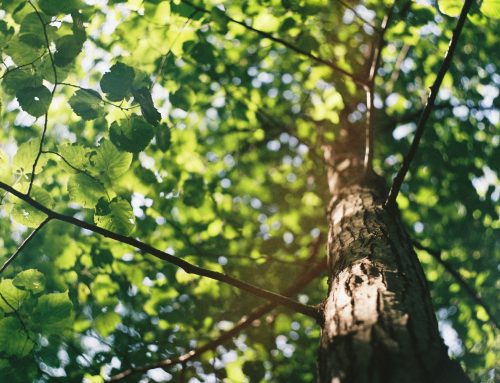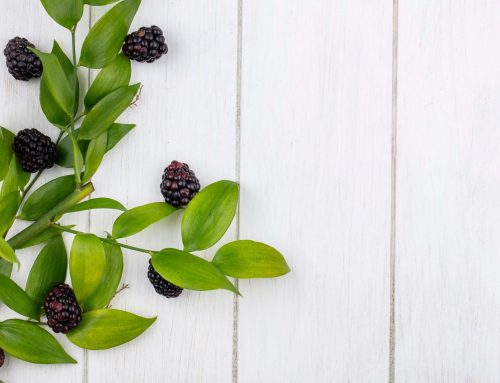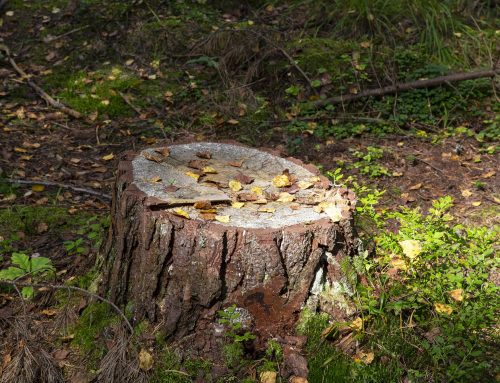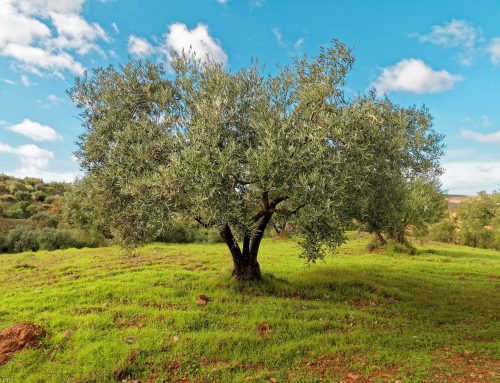Whether you’ve recently moved to Florida or lived here all your life, palm trees are a ubiquitous symbol of the Sunshine State and are very popular in my landscaping designs. If you’re interested in upgrading the landscaping of your home and want to understand more about the types of palm trees in Florida, this is the blog post for you. Keep reading to learn more about the native species of palm trees in Florida and when to trim palm trees in Florida.
Are There Any Palm Trees Indigenous to Florida?
Florida and palm trees are a match made in heaven. With its abundant rain and tropical climate, the palm tree fits in perfectly and helps create a beautiful background. However, many people are unaware that while some species of palm trees in Florida are native, there are quite a few other varieties. For example, the coconut palm tree is frequently associated with Florida; however, the species comes from the coast of India and Southeast Asia.
If you’re interested in the types of palm trees in Florida that are indigenous to the area, we’ve outlined some of the most popular varieties below:
- Buccaneer Palm – One of the most popular types of palm trees in Florida. On average, they grow to be about 10 to 25 feet tall and have a width of around 10 to 15 feet. This type of palm is also found in the Caribbean and parts of Mexico. Be aware that due to the budging of its trunk, no two Buccaneer Palm trees look the same.
- Paurotis Palm – This species of palm tree in Florida can grow up to 30 feet tall and 20 feet wide and are very popular in Florida.
- Royal Palm Tree – With feather-like leaves that grow about 10 to 12 feet in length, these palm trees have a very distinct look as they age. Because of the height of these palms, severe storms tend to cut off the crown.
When to Trim Palm Trees in Florida
Maybe you’ve already decided on a particular species of palm tree in Florida for your landscaping, but now you’re wondering when to trim palm trees in Florida. Many people may assume that they should trim their palm fronds as soon as they dry up or turn brown. To keep your palm in tip-top shape, it is very important to trim it before it starts to flower in the spring. This guarantees that your palm tree will recover from the trimming process and grow healthy new fronds. If your palm has already started to flower, you should wait until the next spring season to trim your browning fronds.
If you’re interested in getting new palm trees planted in your landscaping or need help taking care of your existing palms, it’s best to speak to an experienced landscape professional. At Cutters Edge, we provide high quality, great service, and products at a fair market value, so every property owner can afford to improve their property’s value. Get in touch today to discuss your specific landscaping needs!





